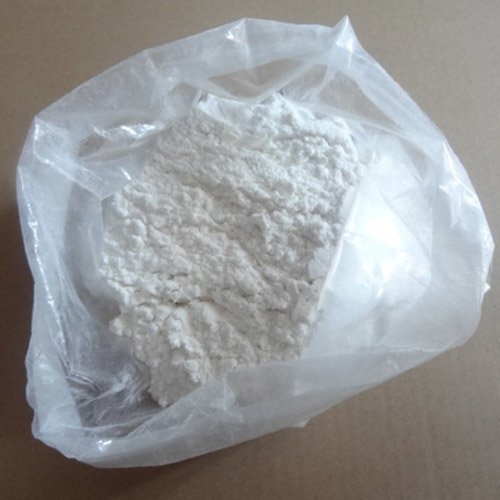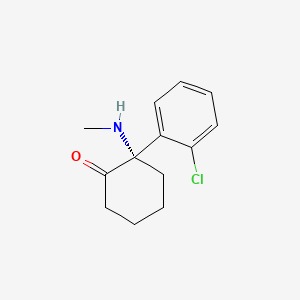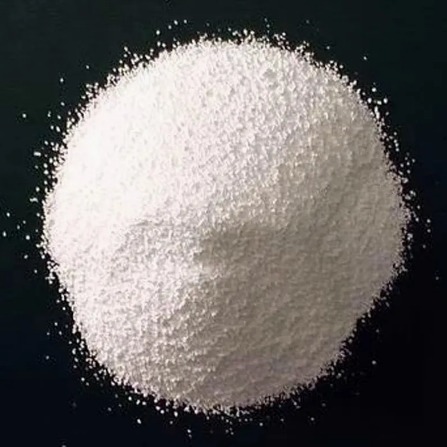Phencyclidine (PCP)
€17.18
Phencyclidine (PCP) is a dissociative NMDA receptor antagonist primarily used in research on neuropharmacology and psychiatric disorders, known for potent anesthetic and psychotomimetic effects.
Price is per gram(g), Contact us for bulk pricing
Buy Phencyclidine (PCP) – USA & Europe
1. What is Phencyclidine (PCP)?
Phencyclidine, commonly known as PCP or “Angel Dust,” is a dissociative anesthetic originally developed for surgical anesthesia. It acts primarily as an NMDA receptor antagonist, producing profound dissociative, hallucinogenic, and neuropharmacological effects. Although discontinued in clinical use due to severe side effects, PCP remains a substance of research interest and illicit use.
2. Chemical Composition & Structure
Phencyclidine has the chemical formula C17H25N and a molecular weight of approximately 243.39 g/mol. Its full chemical name is 1-(1-phenylcyclohexyl)piperidine. The structure consists of a piperidine ring bound to a cyclohexyl group with a phenyl substitution. It is a lipophilic solid soluble in water and alcohol.
3. Research Applications
PCP is used in neuropharmacological research to study NMDA receptor function, glutamatergic signaling, and the pathophysiology of schizophrenia and other psychiatric disorders due to its psychotomimetic effects. Its ability to induce dissociation and psychosis-like symptoms underpins models for schizophrenia research.
4. Recommended Laboratory Handling & Safety Guidelines
Use gloves, protective eyewear, and work in a well-ventilated area or fume hood to prevent exposure. Avoid inhalation, ingestion, and skin contact. Store in tightly sealed containers at controlled temperatures to maintain stability.
5. Hazard Warnings & Risk Statements
PCP is classified as a hazardous and controlled substance with potential for abuse and serious adverse psychological effects. Proper hazard communication and safe handling procedures are mandatory.
6. Compatibility with Other Substances
PCP interacts with CNS depressants and other psychoactive agents; co-administration requires careful monitoring.
7. Emergency Protocols for Exposure
In cases of overdose or acute toxicity, immediate supportive care and emergency intervention are critical.
8. Storage Stability & Shelf Life
Store in cool, dry, dark conditions to maintain chemical integrity over long periods.
9. Licensing & Purchase
Highly regulated and controlled; available only for authorized research and clinical uses.
10. Legal Status for Online Purchase
Stringently controlled worldwide; adherence to local laws is imperative.
11. Laboratory Safety Precautions
Use PPE and proper containment to minimize accidental exposure.
12. Special Medical Considerations
Avoid use with cardiovascular, neurological, or psychiatric disorders due to severe risks.
13. Allergic and Sensitization Risks
Low but gloves reduce contact risk.
14. Interactions with Other Chemicals
Potentially dangerous interactions with CNS depressants and stimulants.
15. Pregnancy Precautions
Pregnancy contraindicated.
16. Handling for Experimental Consistency
Accurate dosing, secure storage, and thorough documentation recommended.
17. Optimizing Research Outcomes
Use analytical-grade PCP; monitor purity and stability.
18. Reported Pharmacological Effects
Produces anesthesia, dissociation, hallucinations, neurotoxicity, and psychotomimetic effects.
19. Known Adverse Effects
Include agitation, hallucination, hypertension, convulsions, and neurotoxicity.
20. Severe Exposure Management
Urgent medical assistance is necessary.
21. Solvent Use
Soluble in alcohol and organic solvents; sparingly soluble in water.
22. Research Scheduling
Maintain consistent scheduling to preserve data integrity.
23. Storage Duration Recommendations
Stable with correct storage; degrade with improper conditions.
24. Post-Research Stability
Store in original containers; dispose of degraded material per regulations.
25. Dependency and Sensitization Risks
High abuse potential with risk of psychological dependence.
26. Long-Term Storage
Store under temperature-controlled, dark, dry conditions.
27. Alternative Research Molecules
Ketamine, MK-801 (dizocilpine), and other NMDA antagonists for comparison.





Reviews
Clear filtersThere are no reviews yet.